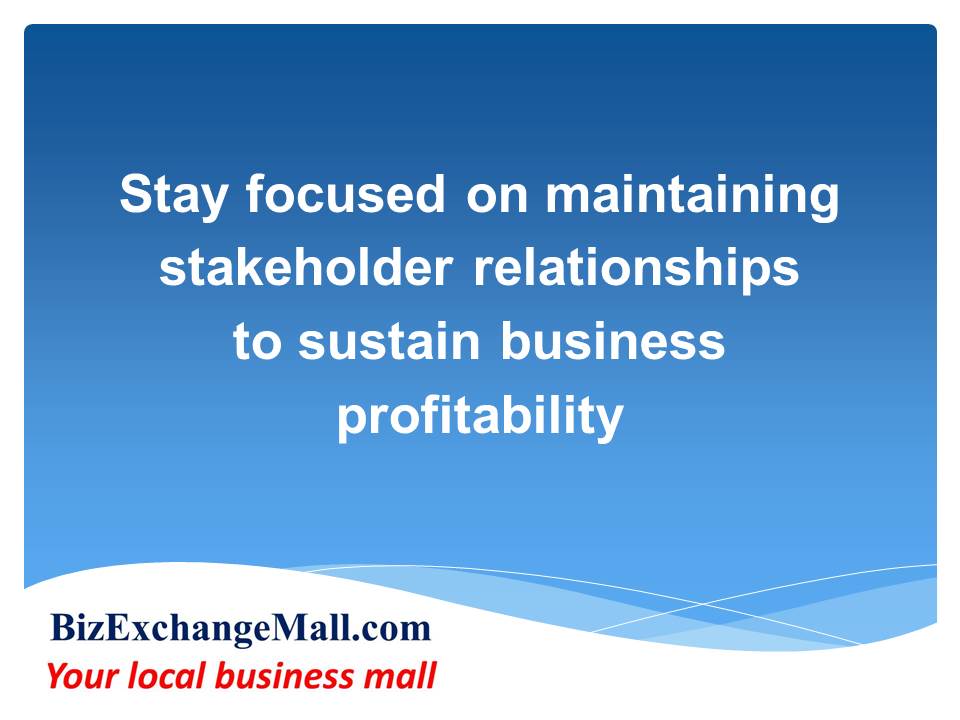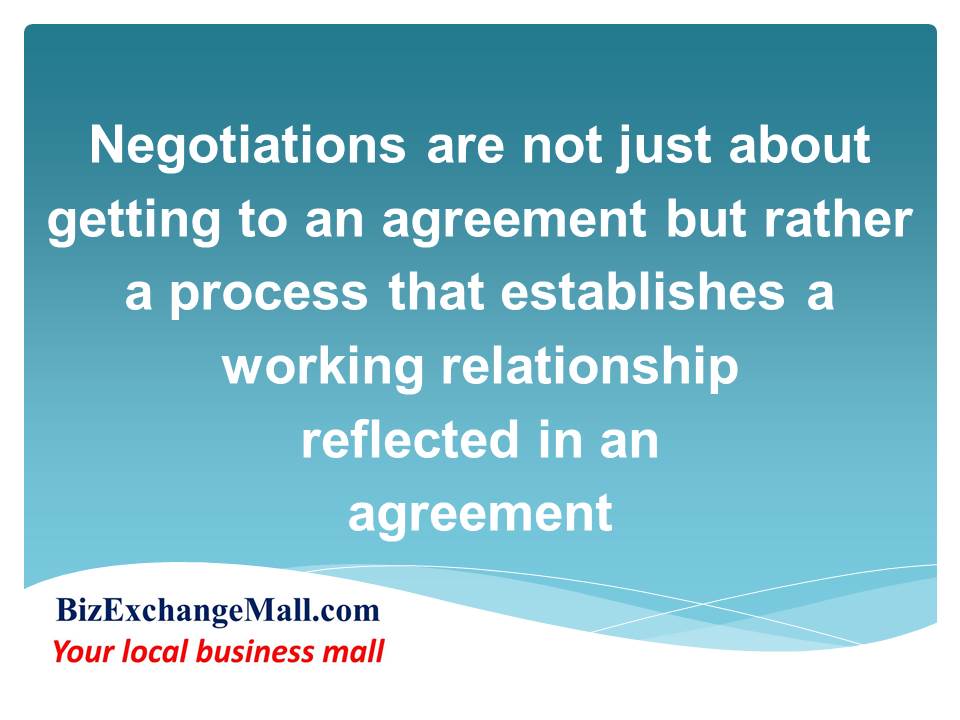Understand the community culture
Aaron an entrepreneur headed out to New York to seek opportunities. He decided to work for a local business owner who had a store in Brooklyn. The owner explained, “In New York we do business with everyone”. Real estate is so expensive in a big vibrant city, you have to generate maximum income to cover expenses and turn a profit.
Aaron realized that you should focus on the vibrancy of the city which for him translated to lots of paying customers. He headed out to Vancouver, British Columbia and identified a niche for supplying trendy costume jewellery to local stores. Aaron had a source in Thailand who could supply attractive designs at a very reasonable price. He identified Vancouver stores that would carry his line of Trendy Thai costume jewellery.
What do we need to know about the local market?
Cities are not homogenous markets. Identify the part of the city that offers the best opportunities for initial business. This could then serve as the base for subsequent expansion into the other parts of the city. Define your business goals and obtain factual information that supports your goals.
Do a comprehensive analysis of the local economy and social connections. Determine the market size. Assess the market conditions such as seasonal changes, short as well as long term trends and growth potential.
Once you have completed those steps, identify actual and potential competitors. Finally, evaluate the possible impact competitors will have on your market share, pricing strategy and profitability.
Discover your best options by researching identified prospective customers. You must evaluate the opportunities and threats of doing business with them. What are the benefits of doing business with the identified prospects? Assess the ability of any prospects to purchase on a regular basis and to make prompt payment.
Next, analyse the information and market data to evaluate the business risk. Decide if this justifies doing business in the local area and with the identified prospects. If it does, you’ll need to develop a market growth strategy.
With these steps completed, you should be well on your way to a successful entry into the local market.
Aaron identified several Vancouver stores in trendy locations who had attractive display shelves. He spent time getting to know the local business community by attending weekly business connection events in the neighbourhoods where these stores were located. He also got involved in local community social events to get a better understanding of the typical customers for his costume jewellery. All this data was collected and analysed.
Aaron became active on the social media platforms created by the event promoters. This enabled him to have an outreach bigger than the membership of the local chamber.
Interestingly, the online promotion via social media keeps Aaron connected not just to local businesses but additionally to local consumers.
Get active on your city business connection and stay connected with businesses and consumers 24/7.
Siddha Param
Consultant, Author, Speaker
Reboot your business plan for sustained high growth
Click For Link To:
BUSINESS SERVICES
CENTRE FOR EXCELLENCE
BUSINESS EXCHANGE MALL CONNECTIONS
Do share this article on social media and with those interested




 RSS Feed
RSS Feed
